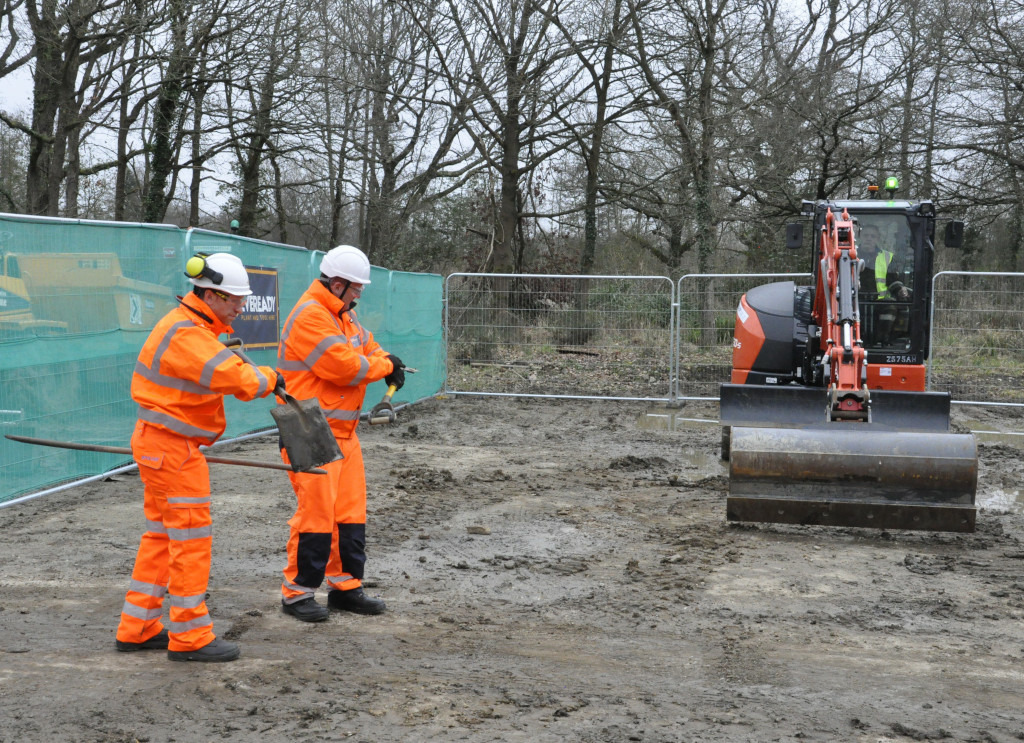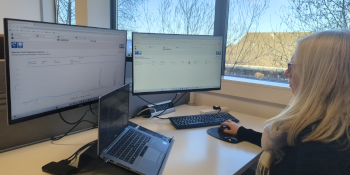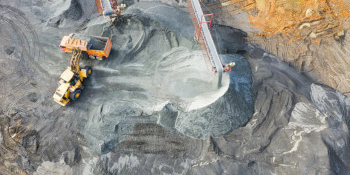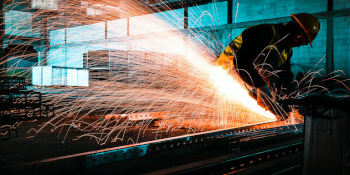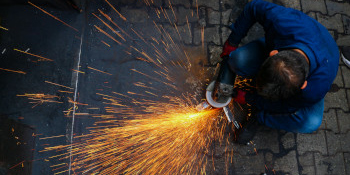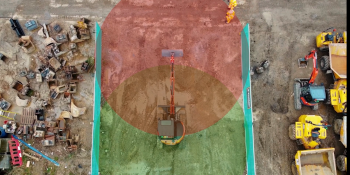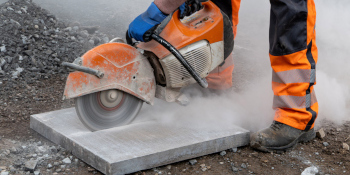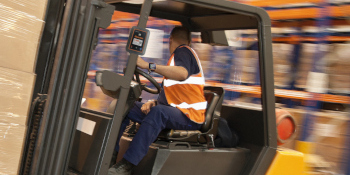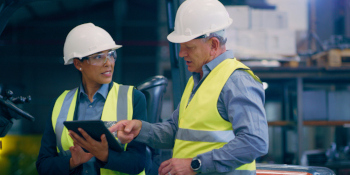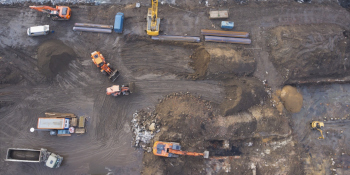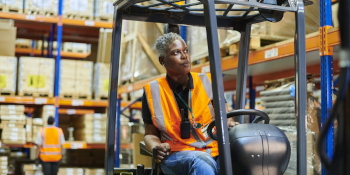How do you maximise protection without impacting heavy equipment operations?
Drivers and machine operators on worksites in industries such as construction industry, rail, manufacturing, and logistics face a unique challenge when it comes to staying safe around moving vehicles and equipment. Unlike other workers who are dedicated to performing specific tasks in specific areas with specific tools, drivers might be operating a machine one moment and operating outside the machine the next. Often, they are also responsible for telling other team members where they can be with regards to dangerous moving hazards, and when.
As a result of these unique circumstances and responsibilities, the challenge with driver and operator safety is a question of flexibility: how do you maximise protection for these individuals and their teams without slowing anyone down?
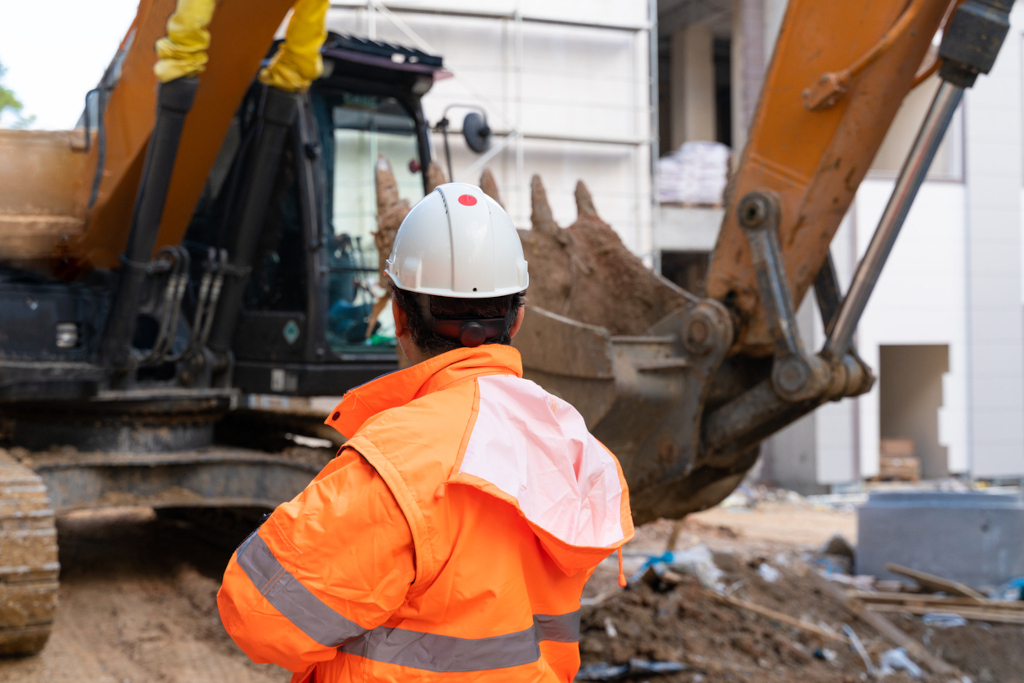
Historically, drivers and machine operators have used spotters or banksmen and hand signals to ensure safety, navigate day to day operations, and move from task to task. This method has not proven to be entirely effective at keeping operators - and the people around them - very safe, at least not in the UK. In fact, in the case of forklifts, there are over 1300 accidents each year in the UK, which amounts to over five accidents every single day. And when it comes to forklifts generally, they are involved in about a quarter of all workplace transport accidents, per the HSE.
While not all of these accidents can be attributed to communication issues or lack of situational awareness, the sheer volume of accidents points to a need for better, more reliable methods of communication when it comes to driving and operating machinery.
Plus, a driver’s “insufficient observations” of their surroundings, as well as “inadequate pedestrian segregation” have both been cited as leading causes for accidents involving heavy machinery, which clearly demonstrates the need for improved safety measures when it comes to this particular area.
The R-Link Driver’s Watch: purpose-built to balance safety and close working for vehicle operators and pedestrians
Reactec’s Driver’s Watch - part of the R-Link ecosystem of workplace wearable technology for proximity waning - is purpose-built to combat the unique issues that drivers and machine operators face on a daily basis. With this technology, you can easily assign different workers different credentials.
For drivers, the system is set up to accommodate the ways that drivers actually work. For example: no alerts are triggered for their own vehicle while they are operating the vehicle - this avoids confusion and distraction during vehicle operation. But alerts are triggered for other vehicles, and can be turned on to alert when pedestrians are approaching.
This optional alert is key to ensuring that drivers of complex machinery can operate without distraction with the comfort that pedestrians will be warned of proximity to their vehicle. By contrast, a forklift driver may want to be warned of such pedestrian proximity so that they can instantly apply their brakes.
And while these permissions can be set in advance, R-Link also empowers drivers/machine operators to allow access in real-time: much like the traditional hand signals that drivers use to manage day to day operations, with R-Link drivers can give pedestrians a Digital Thumbs-Up to allow access to vehicles and equipment. At the press of a button, the pedestrian’s watch reconfigures instantly, allowing them to get close to the driver’s vehicle with the driver’s permission to work safely.
Critically, these permissions can be updated at any time: It’s easy to control or update who has access to which areas or equipment on a day-to-day basis.
And that’s really the key to the usefulness of the Driver’s Watch: flexibility. The way that it supports a safer working environment without slowing anyone down, is fundamental to its design and key to its efficacy.
Plus, R-Link is straightforward to understand, and adoption is quick and easy - we’re with you every step of the way.
